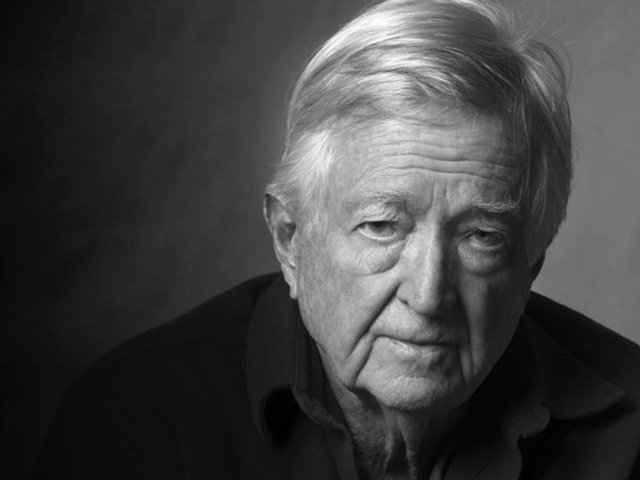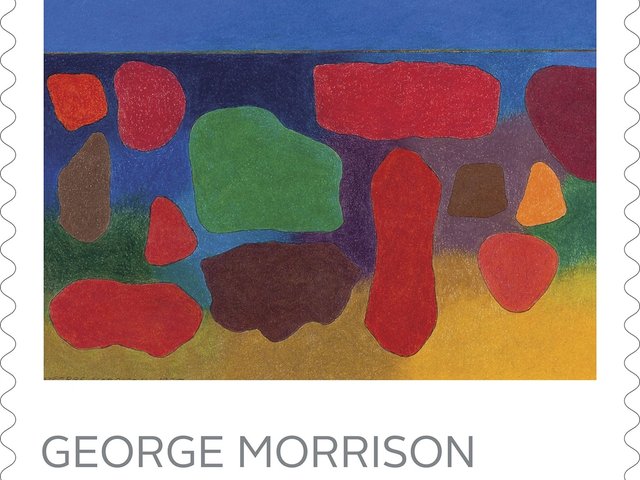The Minimalist painter Robert Ryman has died aged 88. The Nashville-born artist studied music at the Tennessee Polytechnic Institute, and initially pursued a career as a jazz saxophonist. He never studied art formally, amassing knowledge on the job as a guard at the Museum of Modern Art (MoMA) in New York where he worked for seven years, from 1953 to 1960.
In 1993, MoMA held a retrospective of his work comprising more than 80 works dating from 1955 to the year of the exhibition. “While Ryman practices the most reductive form of painting, generally limiting himself to white paint and a square format, his work is nonetheless both intensely expressive and visually rich,” a museum statement said.
Ryman developed his own style in the aftermath of Abstract Expressionism, ceaselessly innovating by experimenting, for instance, with different surfaces and supports, from cardboard to cold-rolled steel. He did not want to be pigeon-holed though. “I don’t think of myself as making white paintings,” he told ArtForum in 1971. “I make paintings; I’m a painter. White paint is my medium.”
Courtney J. Martin, deputy director and chief curator at Dia Art Foundation
“The magnitude of his work was only matched by his deep kindness. While preparing for the 2015 Dia Art Foundation exhibition, I learned about the depth of the works on paper and his three-dimensional paintings. His practice was defined by constant exploration. Post-war, he challenged the fairly static idea of painting in America; he pushed boundaries by creating three-dimensional paintings, by painting on metal and other materials. He made a lot of difficult things look incredibly easy.”
Robert Storr, professor of painting at Yale School of Art
“In defining art's formal limits, he was the most radical painter of his time. Ryman called himself a realist rather than abstractionist because he focused on and rendered fully visible all the elements that make a painting rather than using them to represent something else. For him, it was never a question of what to paint but of ‘how’ to paint; as he said, ‘the how’ was the image.
Although there are many paintings containing colour, his use of white was about eliminating distractions and drawing attention to other particulars; particulars whose intrinsic beauty, once it was revealed, he equated with that of music. There has only been a steady growth in interest in his works because his practice is so much more subtle and complex than it appears. He didn’t want to be theorised; he was so certain and matter-of-fact about what he was doing.”
Roberta Smith, critic, writing in the New York Times
“Ryman’s stringent approach eliminated imagery, conventional colour and, to some extent, emotive brushwork. It reflected his conviction that every visible detail of a painting contributed to the viewer’s experience of it, and that each work interacted with its setting, especially the wall (usually white) supporting it, and the ambient light. He liked to say that he continued painting’s long involvement with light, except that his light was real, not depicted.”




